
Is Everyone Still Abandoning Facial Filler
More than half a decade ago, “Instagram face” arrived on the scene. It was the term coined to describe the sort of strange beauty standard created by digital filters and popularized by certain Instagram influencers. It was characterised by features like cat-like eyes, full lips, high arched brows and overly prominent cheekbones. Then came “dolphin skin” where people (again mostly on social media) craved an overly shiny complexion. It didn’t look remotely natural or flattering. This wasn’t a ‘lit from within’ glow, more like you’d wrapped your face in clingfilm. ‘Filler fatigue’ is one of the latest beauty buzzwords in aesthetics doing the rounds, which describes the results of repeated dermal filler injections which can lead to an unnatural or over-filled appearance.
The phrase was coined a couple of years ago, when certain celebrities (including Courtney Cox) admitted to having too much lip and cheek filler and openly discussed how they’d had it dissolved preferring a more natural aesthetic. And it was timed with research from a pioneering aesthetic radiologist called Dr Mobin Master, based in Melbourne, Australia, who began researching and confirming mounting evidence that fillers may stick around in one’s face for a good deal longer than the 2 years or so we’d previously been led to believe.
This mounting evidence began to coincide with a refreshing change of pace where people today have finally moved away or moving away from the Kardashian more-is-more approach to aesthetics in favour of a generally more conservative attitude to injectables like filler.
Consultant dermatologiost Dr Ophelia Veraitch agrees. She tells me she’s seen ‘a marked decline’ in demand for fillers at her Harley Street clinic. ‘Everyone wants to look more natural. Most people are terrified to walk out of a clinic looking like someone from Love Island,’ she adds.
‘I also think it’s a class thing as well as an aesthetic preference,’ continues Dr Ophelia, whose patients, she says, ‘are predominantly middle and upper class and wouldn’t want to look like they’ve had obvious filler or ovelry filled lips”.
Filler fatigue has resulted not just in Dr Ophelia’s clinic, but in leading clinics all over the UK seeing an increase in demand for collagen stimulating treatments where the results take a little longer than the instant gratification of 5 ml of filler, but faces look more naturally refreshed.
These treatments include heat treatments such as Radiofrequency or micro-needling where perceived wounds to the skin cause the body to produce more of its own collagen over time with visible results such as a more ‘lifted’ appearance becoming apparent after on average a month to 6 weeks. Treatments such as Thermage FLX and Morpheus 8 have been well documented to produce really impressive results for skin tightening and an overall improvement in skin radiance and softening of fine lines.
Similarly, there has also been a rise in the demand for lasers which offer impressive results for skin smoothing, evening out an overly red complexion, pigmentation, acne scarring or simply getting rid of fine lines and encouraging a radiant ,makeup free glow.
I’d certainly vouch that the above treatments work well. As a 53 year old beauty journalist having spent most summers in the sun in Italy, I’ve been impressed particularly by the lifting effect of Thermge FLX (I noticed it particularly on my jawline and on cheekbone area) and the line softening and improvements in pigmentation and melasma from non-ablative fractional laser procedures.
I’ve had Thermage FLX on two occasions over the past 5 years and think that my jawline is definitely tighter as a result.
It’s also interesting that over the past year in the UK, there has been a significant increase in people opting for facelift procedures with a higher number having consultations than before. Olivia Falcon, founder of The Editor’s List, a surgery concierge service, says, she has seen ‘a significant shift in the conversation in the aesthetics space - what once used to be taboo is now openly being spoken about. And I’ve seen a significant increase in the desire for a facelift amongst the younger demographic.’
This of course may not solely be a result of fillers falling out of fashion. But where does it leave fillers. Do they deserve the bad rap that they currently are getting? Fellow beauty journalist Alice Hart Davis, and founder of The Tweakments Guide doesn’t think so.
‘The thing about filler that lots of people don’t realize, is that good filler is undetectable,’ she says. And I agree. It’s when filler is administered in the wrong hands that we see all of those ridiculous overly-filled faces, weird shaped eyes and puffy cheeks and lips. But lots of famous faces (or faces of colleagues or friends) with beautifully subtle filler is never remarked on – because it is undetectable. When a tiny amount of filler is cleverly administered to the temples for example, (this area naturally becomes more hollow looking with age), it can add a ‘lifted’ look to the rest of the face as it gently plumps out the skin and works like a subtle scaffolding to the rest of the face and can offer a subtle lift to the cheekbones.
Similarly, I’ve recently seen beautifully administered filler to several friends’ lips, which naturally get thinner as we age. Two friends who have recently had lip filler asked me to scrutinize their faces and tell me what treatment I thought they’d had done. In both cases, I didn’t guess they’d had lip filler as the doctors had so skilfully administered the filler to achieve very natural looking results.
There’s also a myth about filler which I think is worth debunking, that using too much filler will stretch out the skin, causing it to become loose and saggy once the filler dissolves. The reality is that proper use of fillers should enhance and subtly volumize, not overstretch the skin. Fillers should be used to enhance rather than edit natural features and provide subtle volume. Subtle being the key word here. And practitioners should avoid using excessive amounts of filler which will of course lead to an unnatural and overdone appearance
As with ANY aesthetic treatment, choosing a practitioner is paramount. And if a practitioner was suggesting excessive filler, it’s a red flag to seek treatment somewhere else. The fear of filler fatigue may absolutely deter some people from trying fillers, and certainly there are indeed some excellent other aesthetic treatments available which will enhance rather than edit, but I think it’s important to understand that with the right practitioner and the correct use, fillers can subtly enhance natural beauty without stretching or sagging the skin or looking overdone.
By Lucia Ferrai
Shop Bestsellers


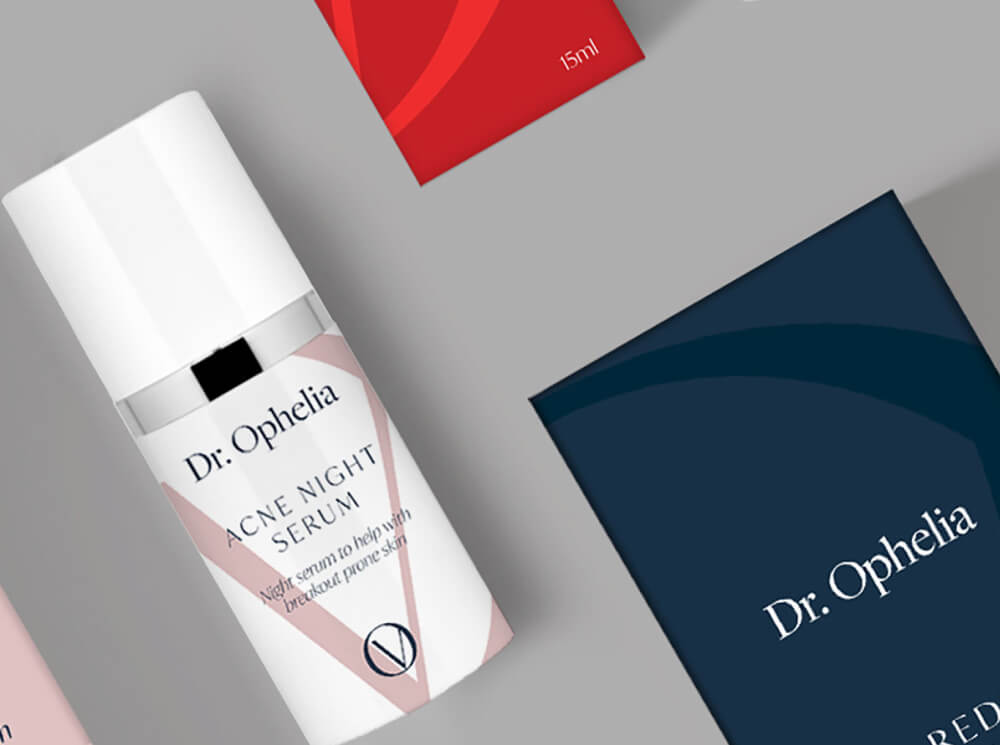

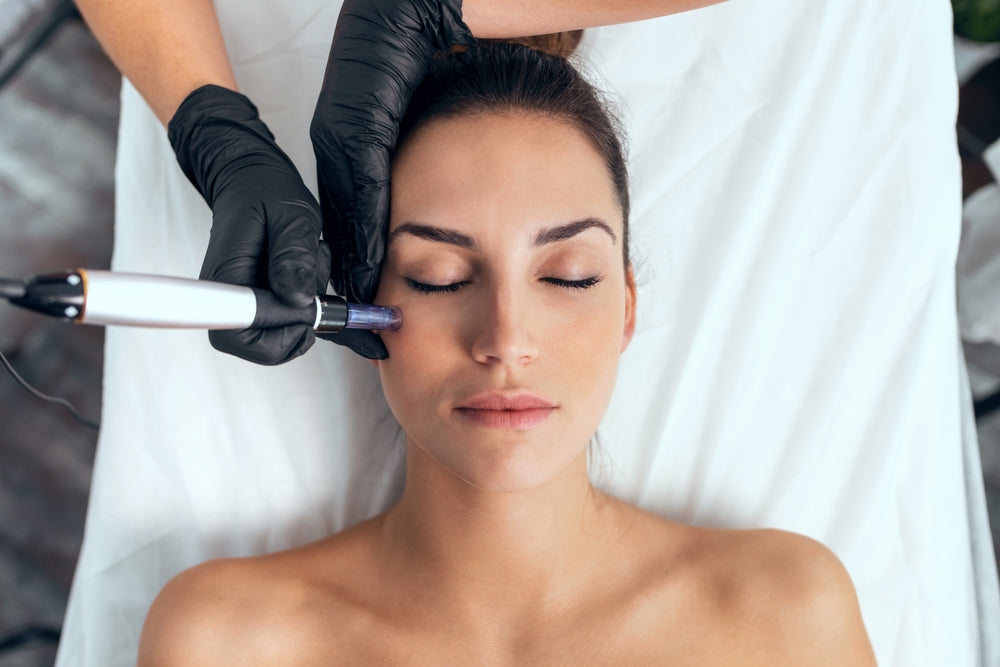
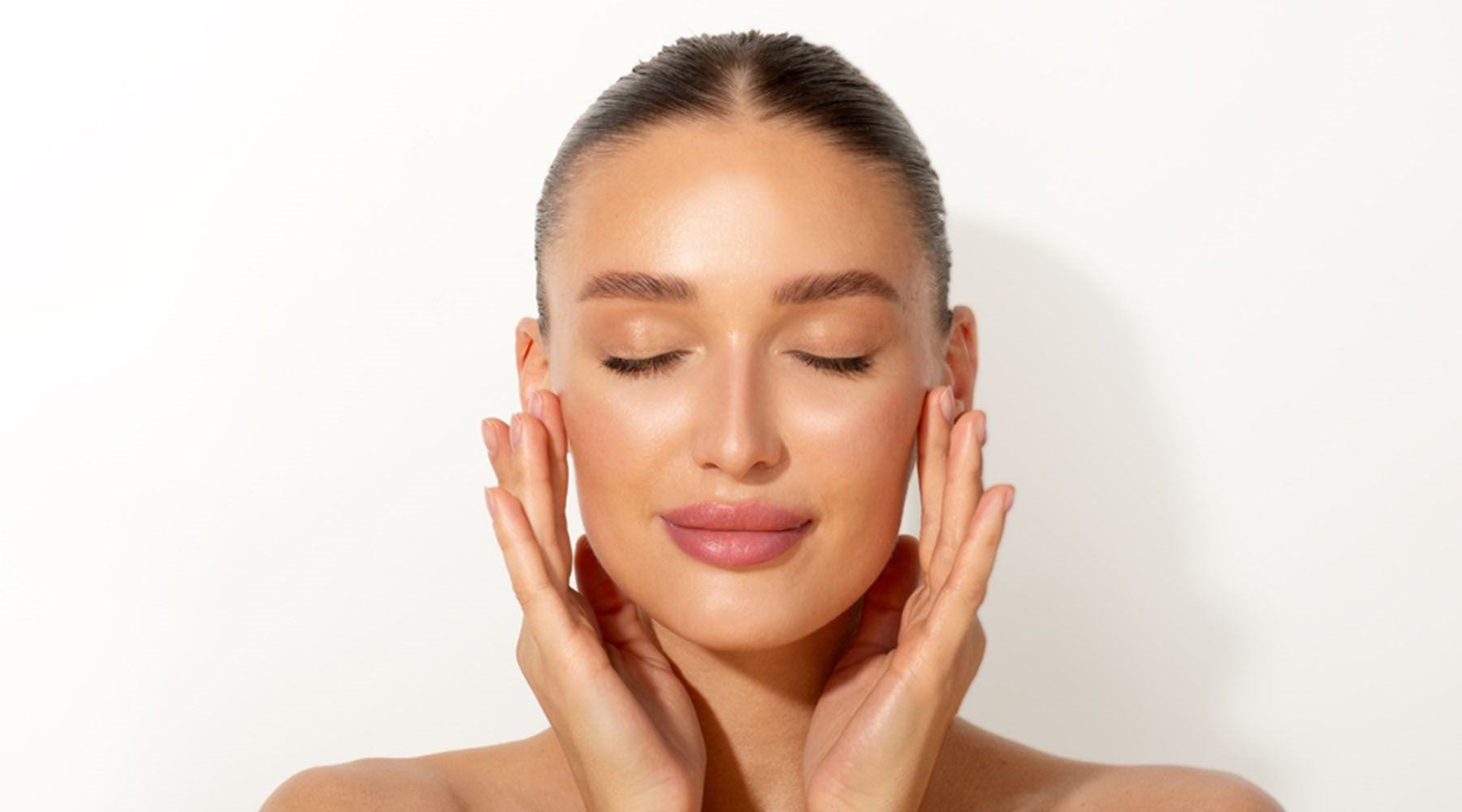
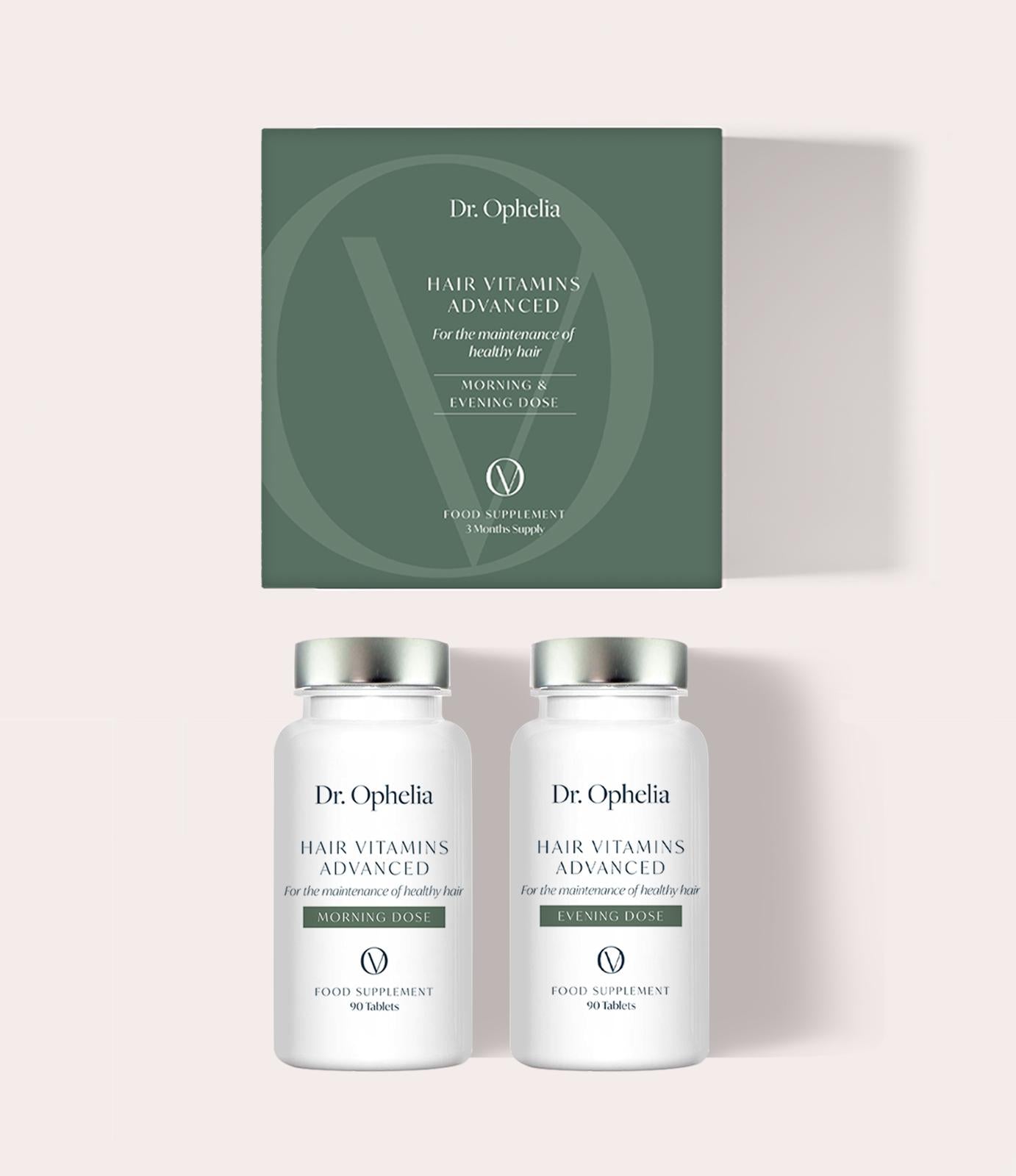
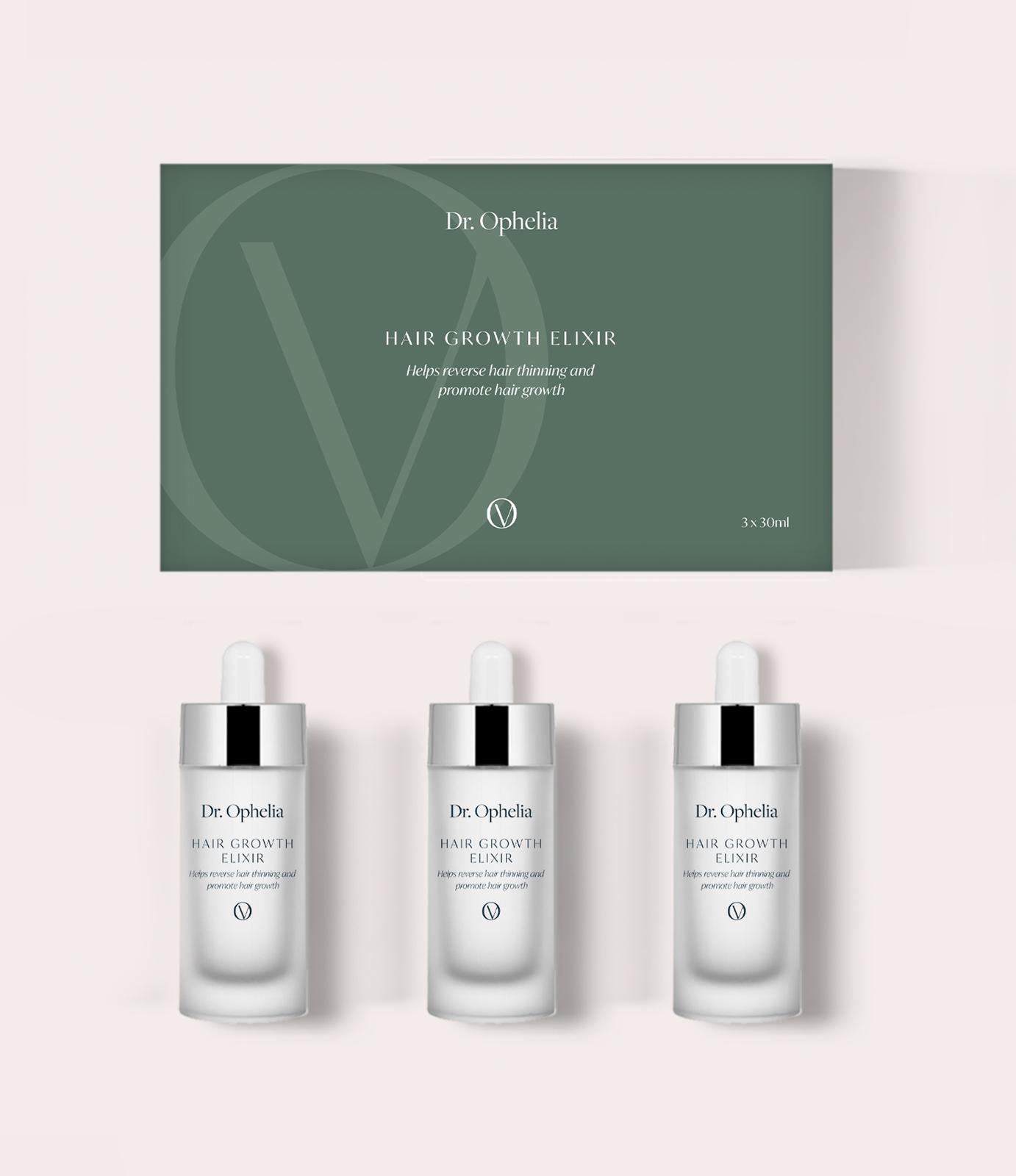
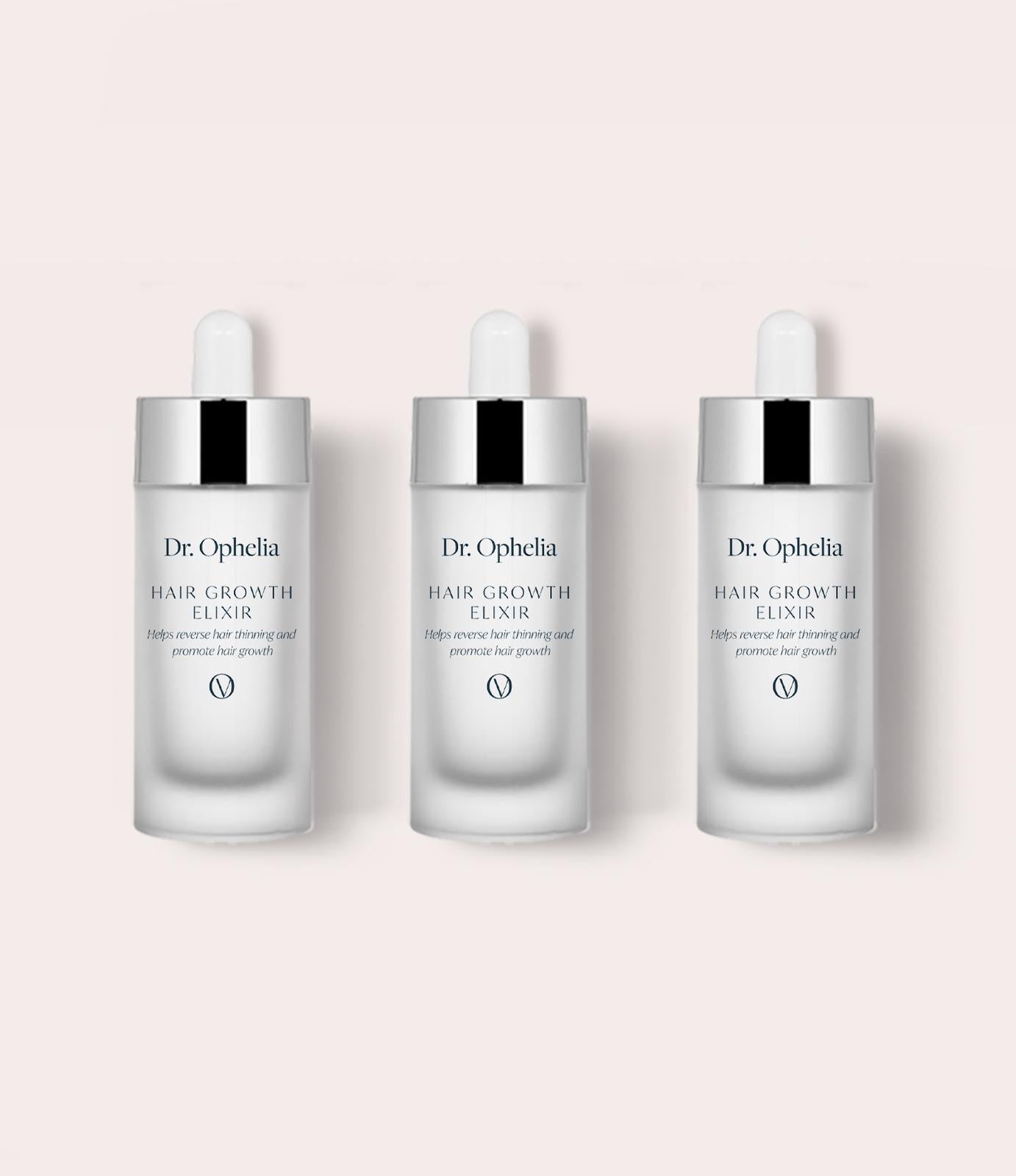
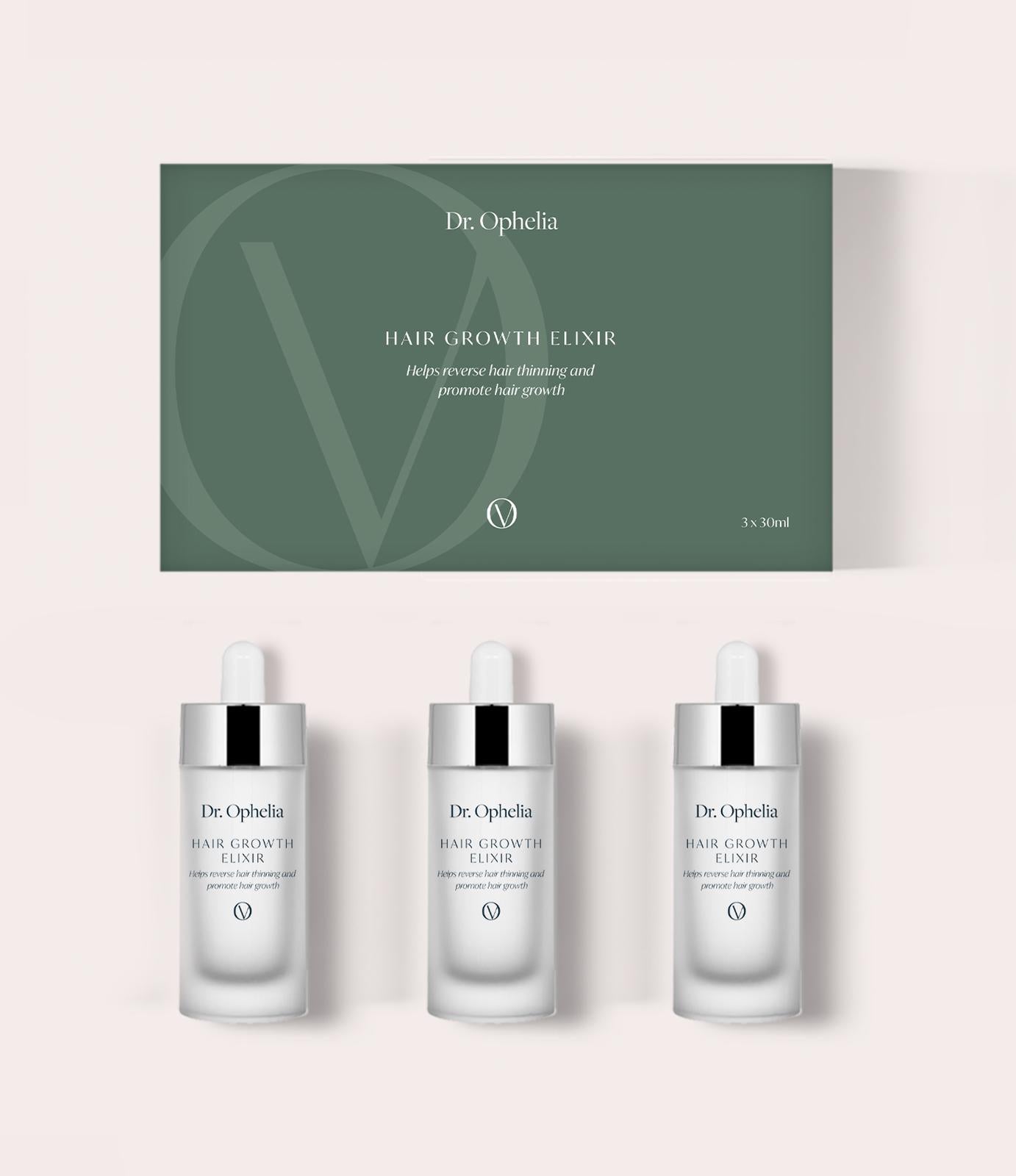
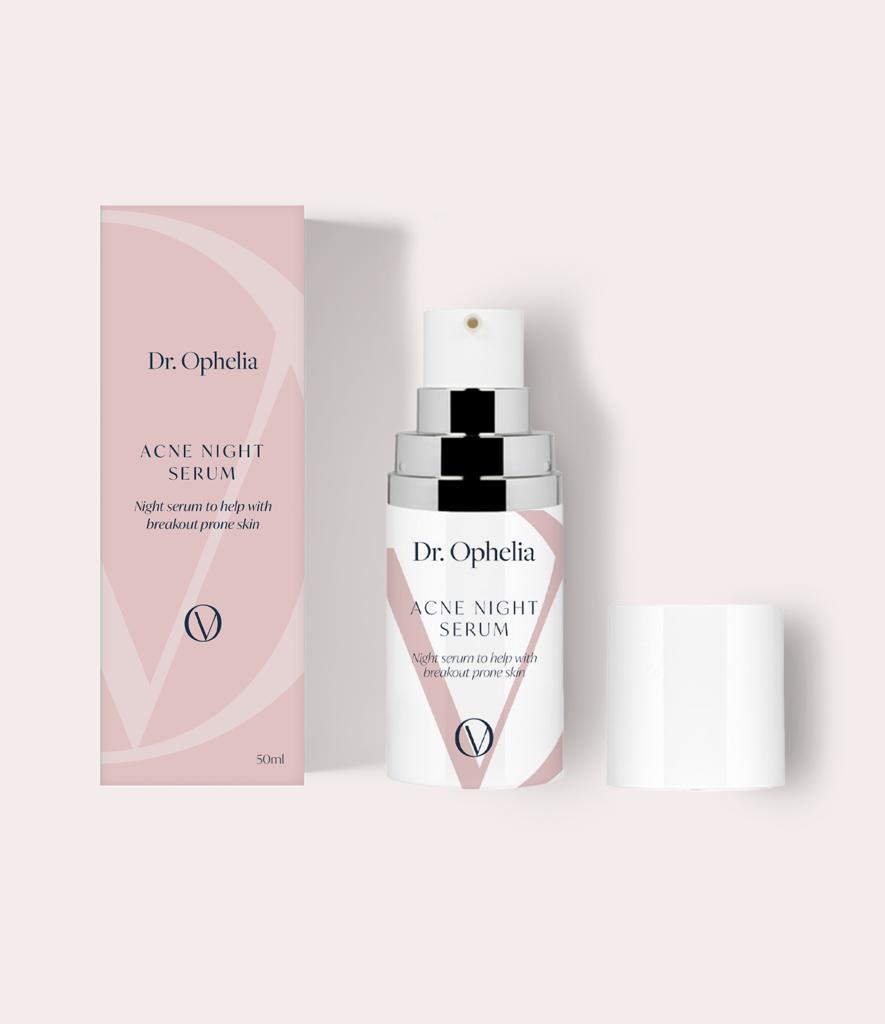
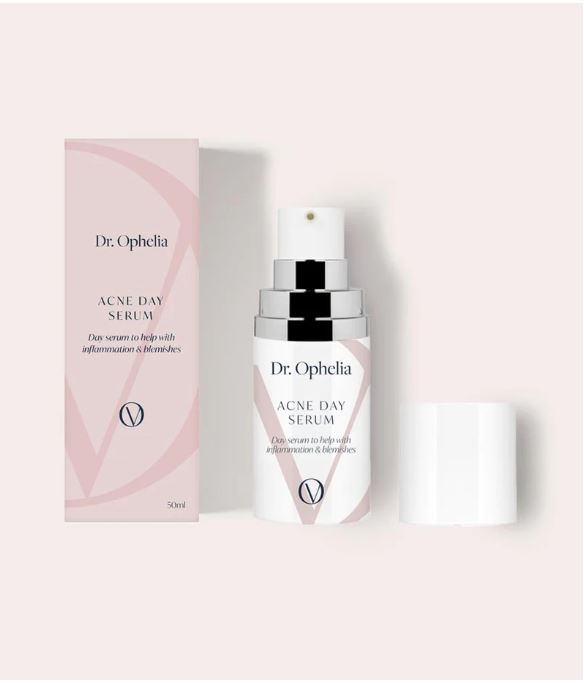
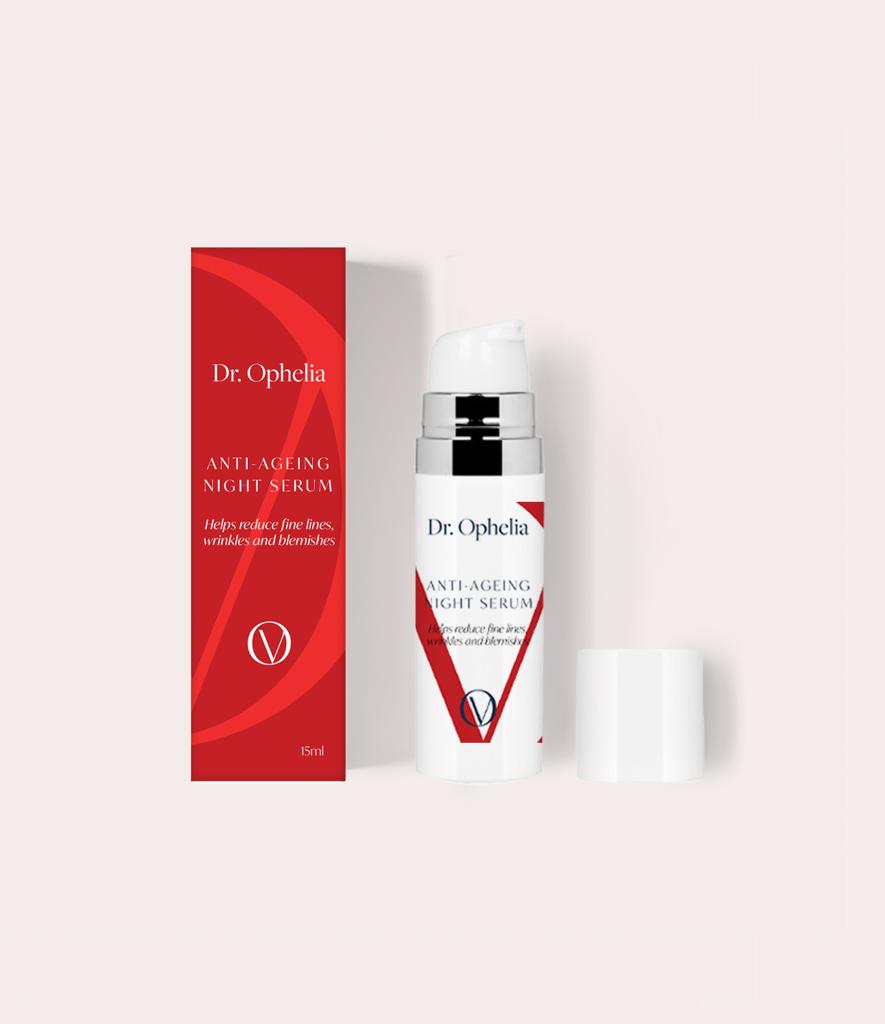
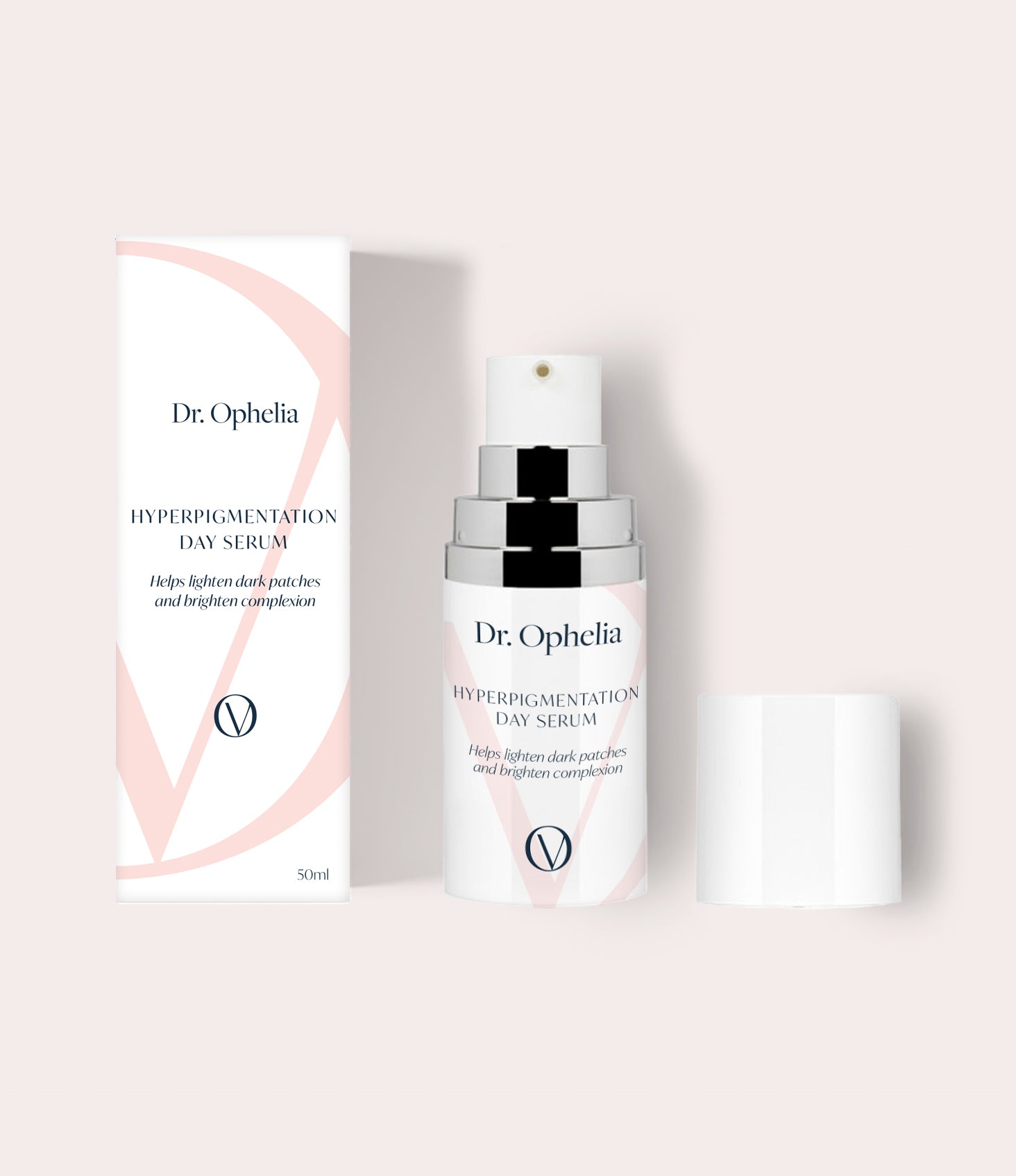
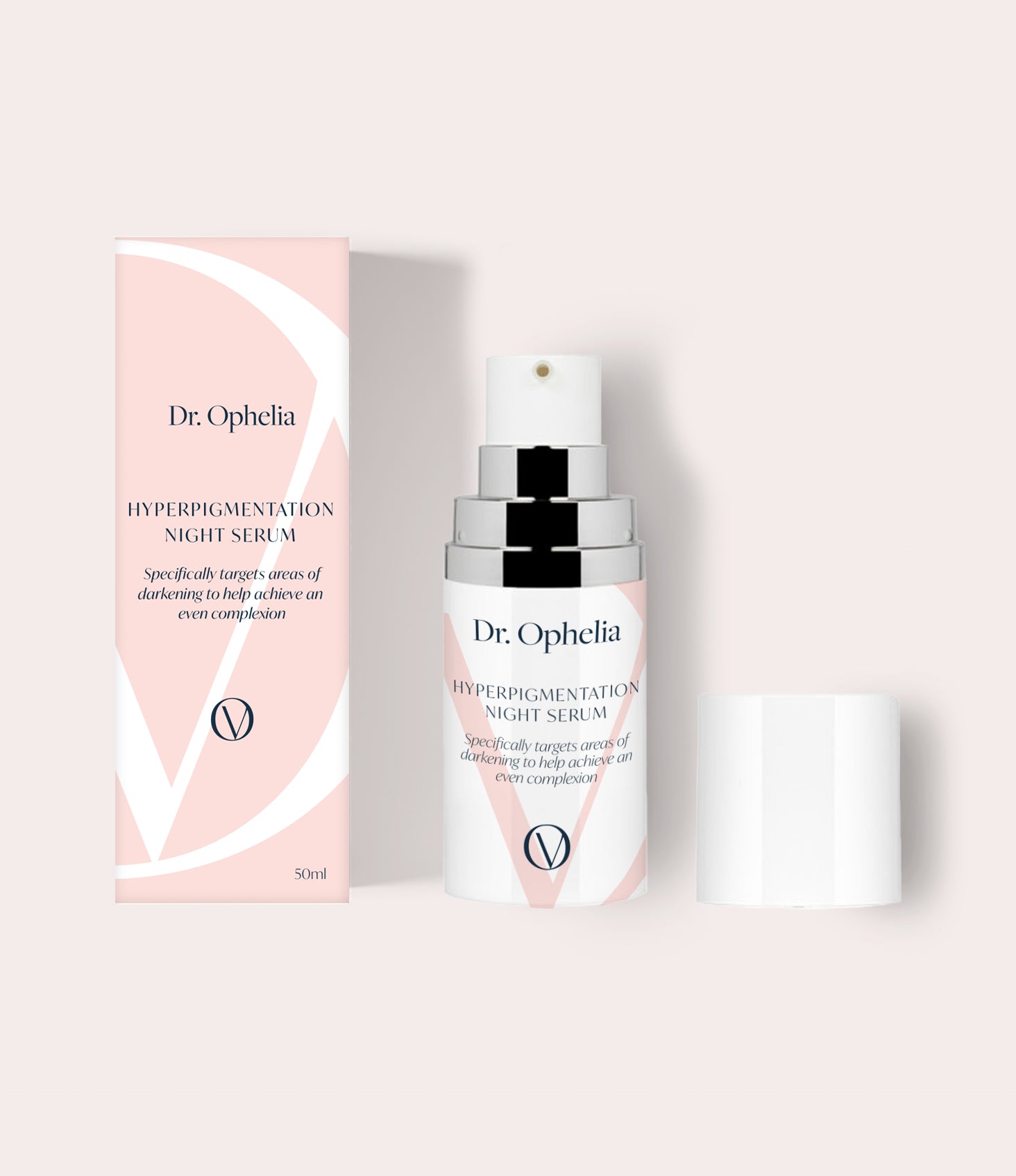
Leave a comment
This site is protected by hCaptcha and the hCaptcha Privacy Policy and Terms of Service apply.